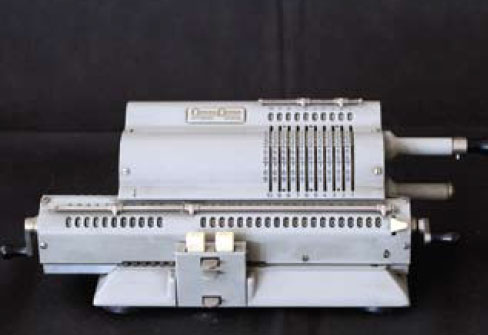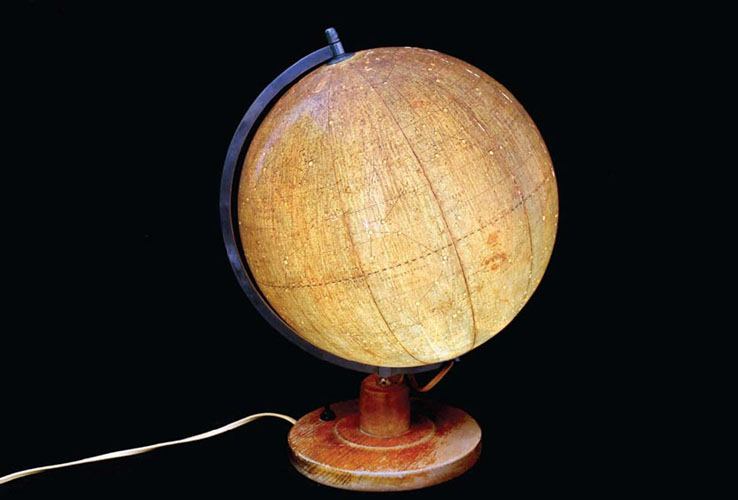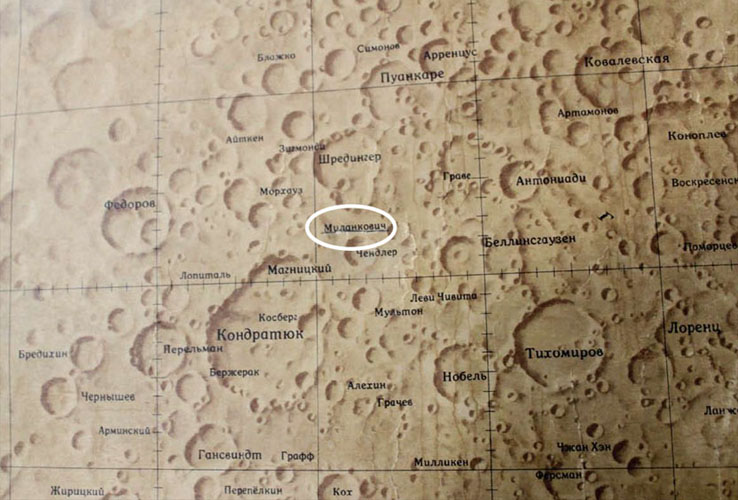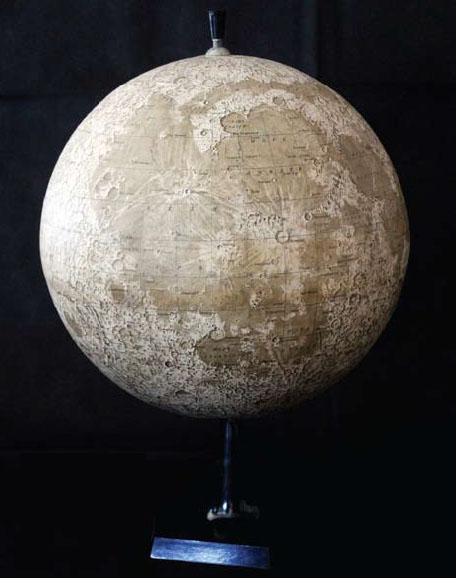Anđelka Kovačević
The Heritage of the Department of Astronomy at the Faculty of Mathematics
Department of Astronomy is modest-sized unit but with outstanding work on key
research fields, from the solar system, various stellar investigations up to extragalactic
objects, spanning the whole area of modern scientific methods. Our success is also
measured by the professional success of our students. So far 290 students have
graduated from the Department of Astronomy, 32 students received Master degree, 69
students received M.Sc. degree and 50 students - Ph.D degree. Our graduates are
working on the most prestigious astronomical facilities across the globe. Department of
Astronomy participates in “AstroMundus”, Erasmus Mundus International Master Program
in Astronomy and Astrophysics. Department of Astronomy organizes scientific seminars,
student practice at Ondřejov Observatory of the Astronomical Institute of the Academy
of Sciences of the Czech Republic, and at Observatory on mountain Vidojevica in Serbia
as well as student workshops.
Public outreach is a very important secondary activity of the Department of Astronomy.
It helps to educate the citizens and to engage young people into the sciences. We offer
various public lectures and participate in scientific popularization manifestations. In
addition, our advanced undergraduate students organize public astronomical schools and
artistic exhibitions inspired by astronomy. Department of Astronomy is active in training
of secondary school pupils for International Astronomy Olympiad. So far (since 2002)
Serbian teams won 9 gold, 19 silver and 31 bronze medals, as well as 2 special prizes and
11 recognitions in total.
Department of Astronomy has shared all the finest moments of history of University of
Belgrade, thanks to generations of great scientists being on the forefront of research.
Here are presented some of the most interesting professional and educational
astronomical instruments from our Department.
Rare Sextant of C. Plath 1929 serial number 11895
C. Plath Hamburg Stubbenhuk 25 Sextant. German Certificate issued on February 14, 1929 on original box and mounted by the manufacturer. Certificate Number 11895 matches with the sextant.
C. Plath Hamburg Stubbenhuk 25, sextant in exceptional condition with varnish and black lacquer coating, and packed in original teak wood box. It has a 3 1/2 power telescope, and a sighting tube for terrestrial objects. The adjustable rising piece allows moving the distance of the telescope from the frame which makes the horizon more distinct under varying light conditions.The bronze arc is calibrated from -5 to +152 degrees with a vernier that reads from the right, from 0 to 10 arcseconds. The Serial Number 11895 is engraved on the left lower of the arc and just above “Sun Shooter“ (a man with a sextant) logo. The instrument has four index shades and three horizon shades. Sextant can measure the angle of an astronomical object with respect to the horizon for astronomical navigation. This angle, so called altitude, and the time of its measurement, can determine a position line on an aeronautical chart. Examples of uses of the sextant include sighting the sun at solar noon or Polaris at night (in the Northern Hemisphere) to determine latitude, measurement of the height of a landmark can give a measure of distance between objects, while sextant in horizontal position measures angles between objects. Also, sextant measures the distance between the moon and another celestial object (such as a star or planet) in order to determine Greenwich Mean Time and thus longitude.

|
| Sextant C. Plath (1929). |
Original-Odhner Model 125, Serial Number 785561
The calculator can represent digits via mechanisms of 10 rotor, 11 counter, 20 accumulator. Its width is 420mm and weight is 6.7 kg. It was manufactured in Göteborg, Sweden,between 1952 and 1956 according to its Serial Number. The machine was made of metal. Model 125 is a full-featured wide-carriage machine with a 20-digit accumulator, a setting check dial, a back transfer mechanism, and a tens-carry mechanism with automatic reversing on the counter register. The check dial, tens carry, and reversing mechanisms are each designed as separate modules or sub-assemblies. The "pin-wheel" from which these calculators get their name is a disc which has nine retractable pins extending radially. The pins can be adjusted by a setting mechanism, which is generally operated by rotary levers. The pin-wheels and setting rings are assembled into a "rotor" or cylinder, which rotates forward or backward as the handle is turned. The pin-wheel calculator was a simple and reliable machine, which was capable of all four arithmetic functions. Addition and subtraction were performed directly, while multiplication and division were accomplished by simple procedures involving repeated additions (or subtractions) and carriage shifts. The large crank on the right was turned forward (clockwise) for addition and in the opposite direction for subtraction. The number to add was entered with the levers on the top and the results appeared in the larger windows on the right of the carriage below. The smaller windows on the left of the carriage counted the number of turns of the main crank. The two buttons in front of the carriage made it step one digit to the left or right. The levers below the buttons allowed the carriage to move freely in each direction.

|
| Calculator Odhner model 125. |
Armillary sphere and Celestial globe
Armillary spheres can be divided into two main categories: the observational, as used by Ptolemy and Tycho Brahe; and the demonstrational. Both types consist of a set of rings (Latin: armillae) which model the circles of the celestial sphere within certain coordinate system. Typically, armillary spheres used for observation were larger and possessed fewer rings than those which served as demonstrational. Here are presented demonstrational armillary spheres and celestial globe from period 1960-1970, made by Sternberg Astronomical Institute (SAI) in Soviet Union. The same models are also exhibited at the Museum of Astronomy in the Moscow Planetarium, Russia. At the centre of the metal armillary sphere is the Earth. As the Earth is stationary in this model, the celestial sphere rotates about it and serves as a geocentric reference system. The sphere is mounted at the celestial poles which define the axis of rotation, and its structure includes an equatorial ring and, parallel to this, above and below, two smaller rings. Green globe with yellow dots represents projected geocentric positions of stars on celestial sphere. Viewed from any point on earth, the sky looks as if all celestial bodies were located at the same distance on the inside surface of a hemisphere. The celestial globe depicts the starry sky on its outside surface; the earth is thought to be situated at the centre of the transparent celestial sphere.

|
| Armillary sphere. |

|
| Celestial globe. |
Original General map of the moon made by Felix Shemla Lamech
Compiled and drawn from observation by Felix Shemla Lamech, it is the second edition. The map was reviewed and corrected entirely by the author in July 1956. Published by Girard, Barrere and Thomas, in Paris, 1957. Dimensions are 69 x 104 cm, Lunar diameter is 623 millimeters; millimeter value is 2.93 arcseconds. Félix Chemla Lamech (1894 - 1962) was a French meteorologist and selenograph. He published several maps of the moon. The lunar crater Lamech is named after him.
First Complete Moon Map (1967) - Polnaya karta Luny
The map was made by using Luna-3 (1959) and Zond-3 (1965) images from space. The scale is 1:5 000 000, and it was published by Izdatelystvo Nauka, Moskva, Soviet Union in 1967. Projection of the map is "arbitrary cylindrical projection". From 90E to 180 degrees were used low resolution Luna 3, from 180 to 90W degrees were used higher resolution Zond 3 images. Mission Luna 3 performed the first imaging invisible side of the moon from the space, while Zond 3 completed this task. The map is a gift of prof. Tatomir Andjelić. This is the first version in a series of maps that were prepared in the Sternberg Astronomical Institute (SAI) and the military department. K. B. Shingareva presented this map of the Moon and Moon globe (the next item in our collection) to the world for the first time during the International Astronomical Union Congress in Prague.

|
| The first complete Moon map (1967). |
First Complete Moon Globe 1967 (Globus Luny)
Globе was made with scale 1:10 000 000, on the basis of photographs taken by orbiters Luna-3 (1959) and the Zond-3 (1965). He appeared as an edition of Izdatelistvo Nauka, Moscow, in the Soviet Union in 1967. It was produced at the same time as the first complete map of the Moon (1967), and data processing were performed on the Sternberg Astronomical Institute (ASI). As we mentioned, K. B. Shingareva presented the map of the moon and this globe at Congress of Astronomical Union in Prague in 1967. It is known that only 10 such globes were made. One was brought to Prague as a gift. In SAI there is also one such globe. The third globe is in possession of our Department of Astronomy, while fate of remaining items is uncertain. This globe depicts 95% of the lunar surface. The projection is a specially designed cylindrical projection with less than 5% angle distorsion between 50 degrees of Moon latitude.

|
| The first complete Moon globe (1967). |
(Parts of the text are adapted and published in: Živan Lazović, Darko Mitrović, Ivana Mitrović (eds.), Grainne Boyle Orlić (transl.): University Heritage of Serbia)



